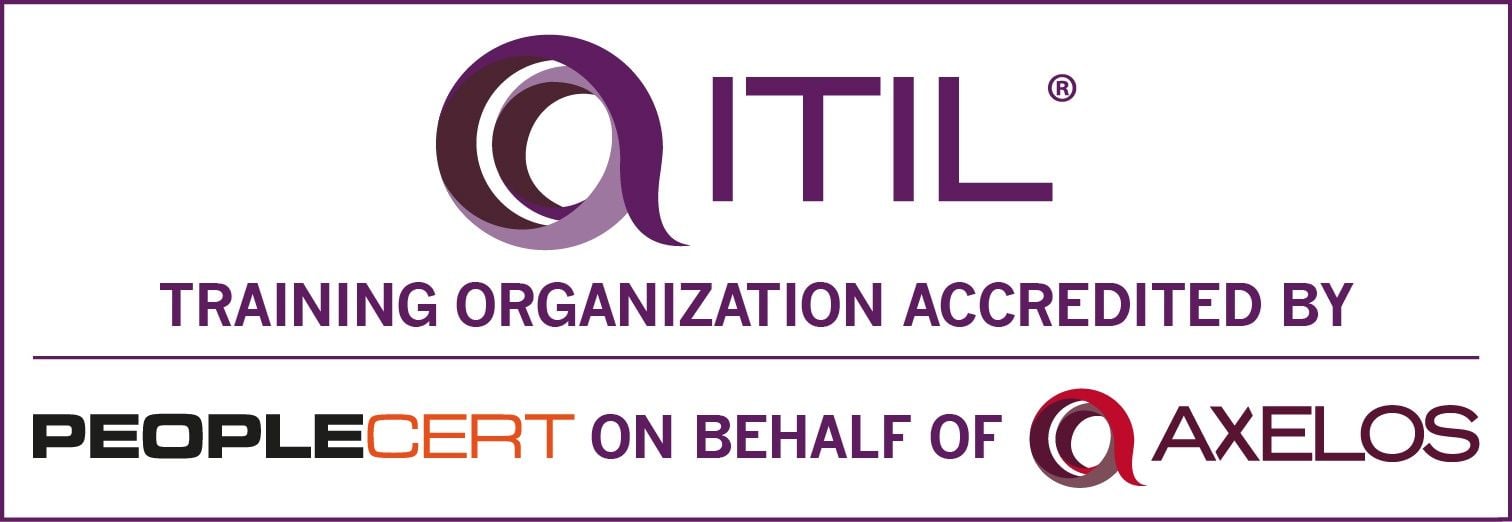Don’t Pinch Pennies with Free Tools That Reduce Service Desk Efficiency
Manual tools to track service requests may seem like an affordable option for your service desk, but it’s good to look at all the organizational costs.
IT service management departments, or the helpdesk, are often swamped and overwhelmed. Remote work continues to burden these departments. Those operating with manual systems continue to struggle despite best efforts to be nimble and freer to perform unhindered actions and tasks which are critical to success.
The more tickets a service desk handles, the more money (and time) the organization loses. According to a 2017 report by MetricNet, the average cost per ticket is about $16. If your service desk is swamped with requests, this costs your organization in many ways and holds you back from growth opportunities.
Costs rise when helpdesks work from disparate tools like Excel tables. Excel is particularly ineffective with managing service tickets, tracking assets, and moving problems to solutions. Excel-based helpdesks also may open themselves to a litany of issues, such as difficulty maintaining version control and security. This increases potential human error, reduces agility of processes, and keeps you from being able to generate reports to drive decision-making.
This is because Excel is not particularly designed for collaborative work. There are few environments more collaborative than a helpdesk. Nevertheless, Excel is used as a primary tracking tool in countless helpdesks despite these limitations. Excel remains particularly popular because it's cheap, and most people are familiar with how it works, to a varying degree. Some IT leaders think this translates to not sucking money from the organization.
While that may appear to be the case from a global perspective, spreadsheets are not magically created and updated, nor does the information put into them come without cost. Time and human resources are needed to power these tables and charts. The more time spent managing the data in these tools, the more money the organization burns in ticket management and salary costs. The less capable the solution, the greater the per ticket cost.
Even after initial setup, significant time may be required to use them and coordinate the information within them. Adding new data can introduce errors into a computation, for example, so you need to check cell references each time you make even the most straightforward use of a spreadsheet. According to Forbes, at least one in every 100 spreadsheet cells contains a mistake.
More efficiency is possible and should be the norm for your service desk. Connected solutions can make your service desk team more productive, ease the reliance on static data tracking, and reduce error-proneness. In addition, they can remove the dependence on unconnected, clumsiness of Excel.
Connected data may help bring your IT services together and make sharing knowledge, answering questions, and solving problems easier than otherwise manual projects. In addition, the solutions available can automate and remove the strain of recurring tasks while providing your internal teams with opportunities for innovation and time to focus on priorities.
Unlike many traditional helpdesk management solutions, automation solutions offer an extensive knowledge base. This means you no longer have to repeatedly answer the same questions or worry about essential knowledge being tucked away in shared drives or personal docs. Modern ITSM tools also prioritize privacy and security. They usually offer many possibilities for integration with third-party software, as well, to allow for advanced reporting capabilities necessary to move the organization toward its goals.
Replacing Excel with automated tools will require a significant investment in time and money upfront, but if it leads to increased efficiency, you may find that it will save your service desk money in the long run.

)
)
)
)
)
)
)
)
)
